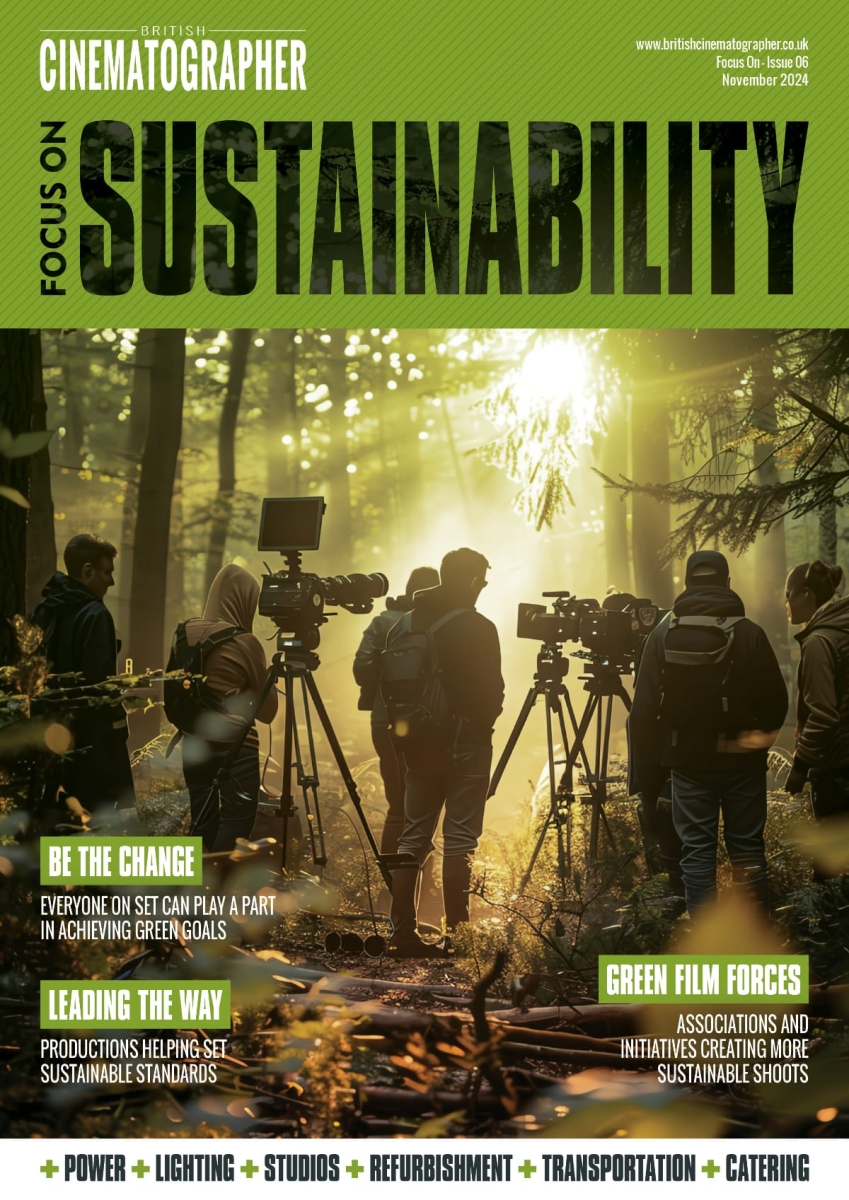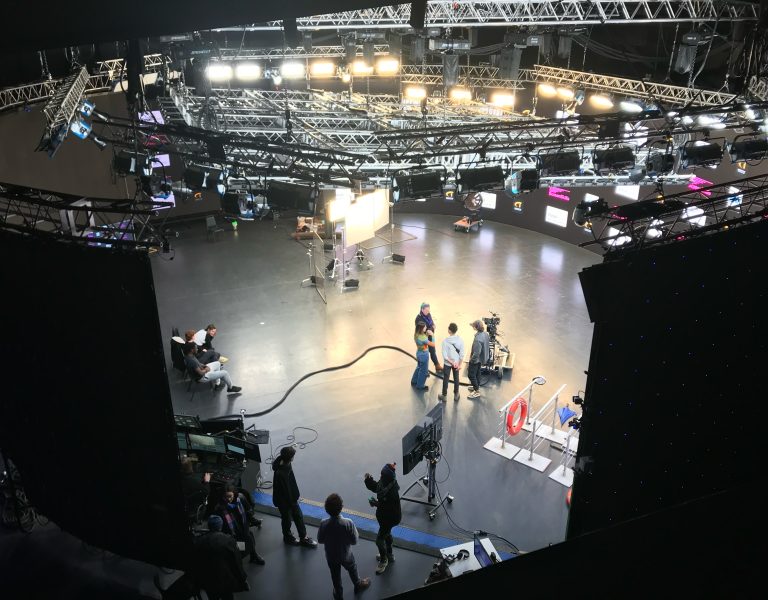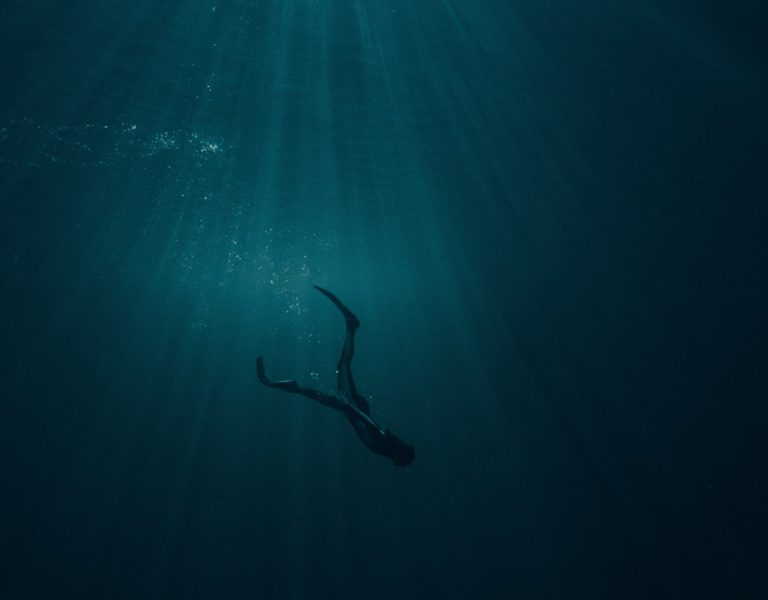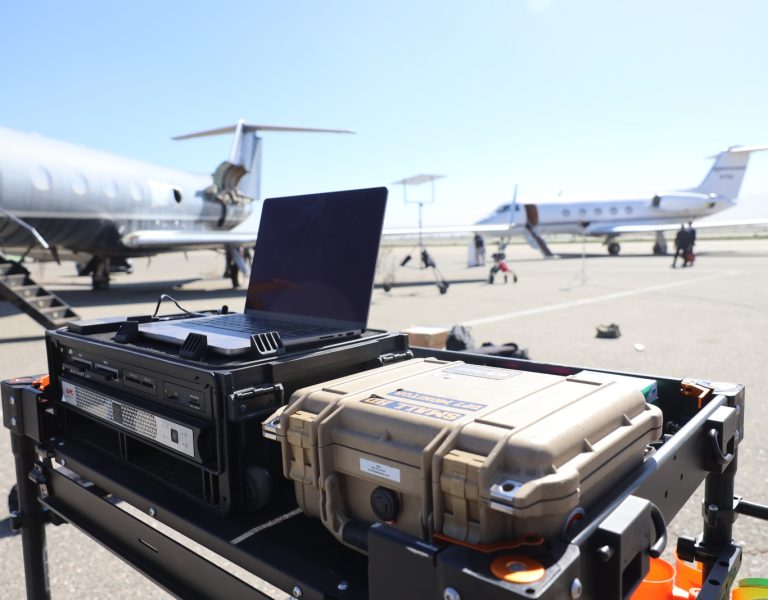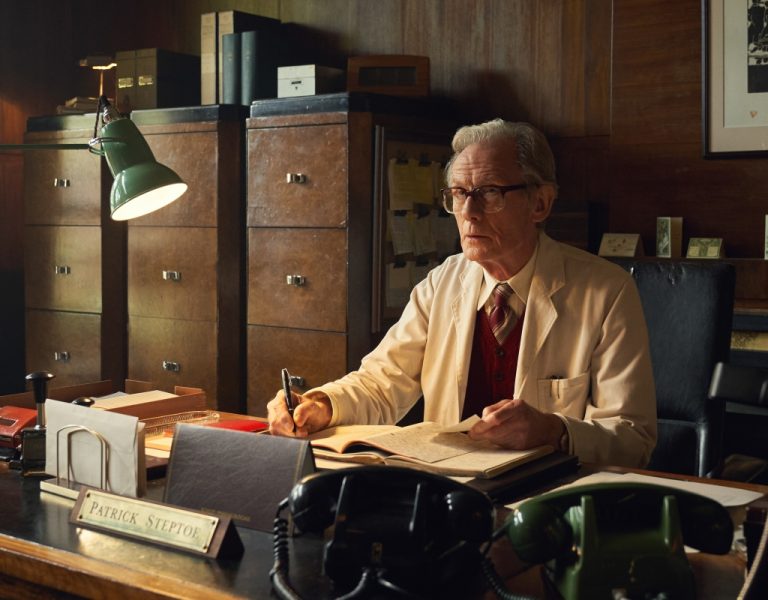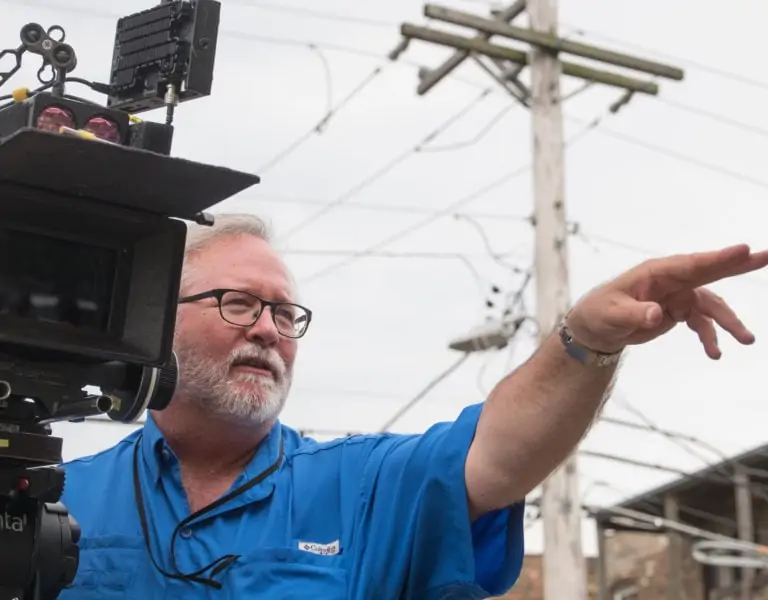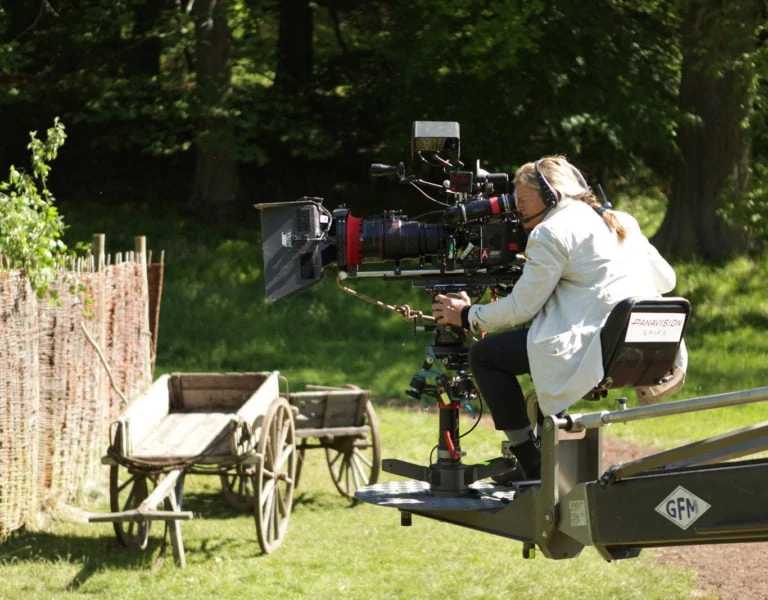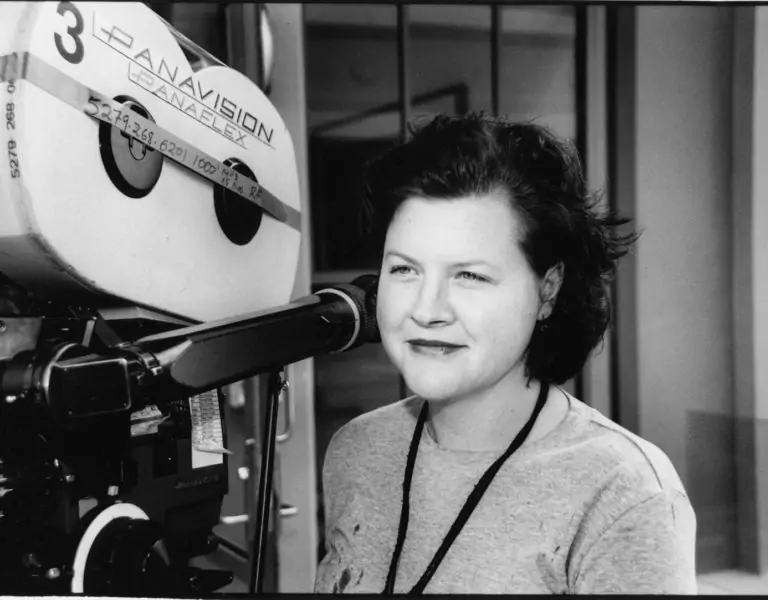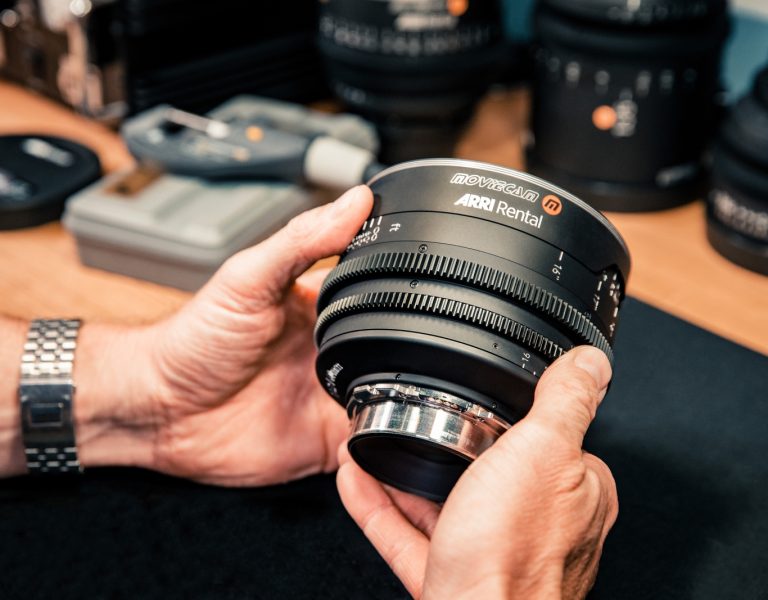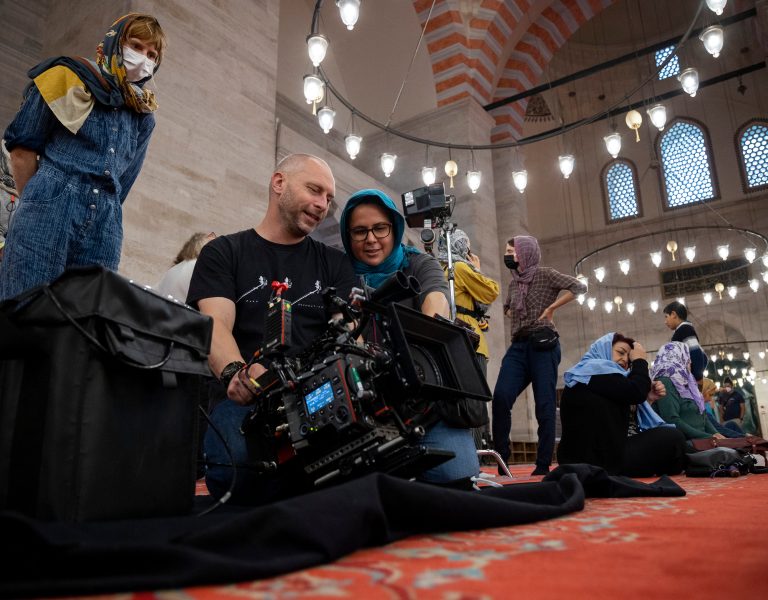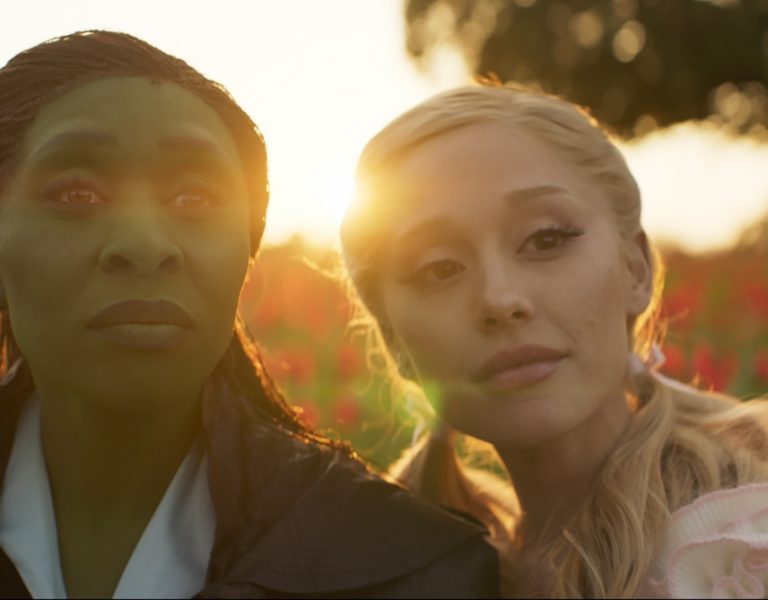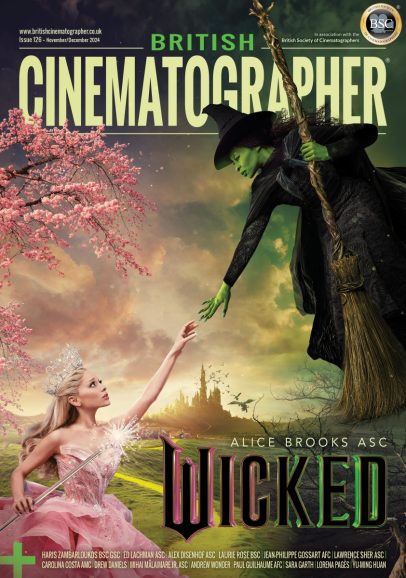Home » Features » Opinion » Point of View »
DO NO AESTHETIC HARM: THE RESTORATION MANTRA
With more content viewing options available, and even more monetisation opportunities, the challenge for content owners and restoration professionals is meeting demand while maintaining artistic integrity and intent.
Few issues arouse as much passion among movie-lovers as changes to their favorite titles — whether it’s the colourisation of a classic like Casablanca or the addition of new details to the Star Wars trilogy. The question of how to satisfy consumer expectations while staying true to original artistic intent is not new and one many experts agonize over still.
But this heated debate has been elevated due to unique shifts in market dynamics. We’ve seen in recent years the proliferation of diverse streaming services with the capabilities to show content in UHD 4K and Dolby Vision with Atmos, coupled with a widespread yearning for familiar content accelerated during the pandemic. Add to that a broad consumer audience with higher entertainment expectations, increasingly discerning tastes, and access to higher-quality home AV equipment.
This “perfect storm” is pushing content owners to reevaluate how to present the best possible version of a title to meet demand, while maintaining original artistic integrity and ensuring it will play on modern platforms.
Studios have long recognised the value of preserving aging film libraries as a means of monetising their catalogues. The process always needs to begin with a well-preserved negative. However, “preserving” is not always simply a matter of brushing off reels of physical film and sound assets to create a new transfer viable for modern distribution.
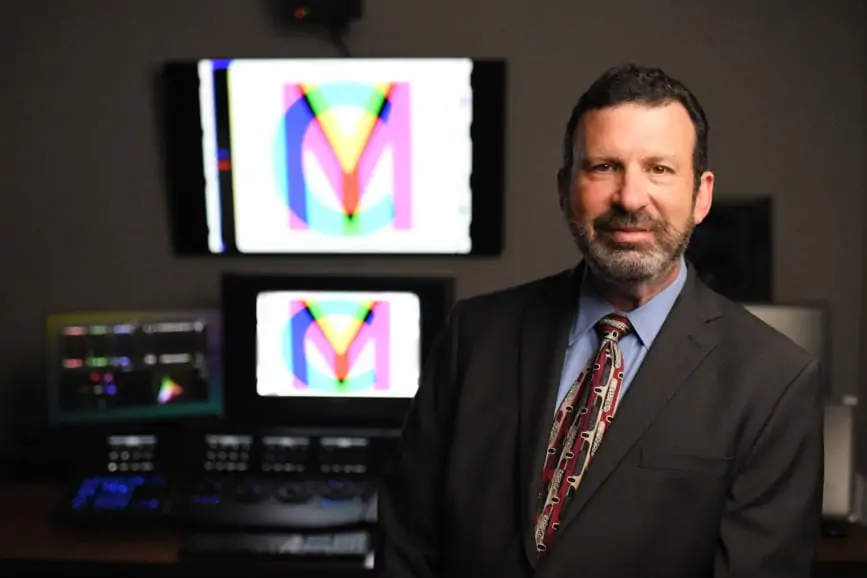
The availability of more exacting film scanners gives archive professionals access to previously unavailable nitrate and safety camera negatives as picture source. The restoration potential due to the image energy in those original negatives cannot be overstated, but it can also allow restoration to proceed into reconstruction.
With more room to play with, archive professionals can search for missing footage either to restore scenes deleted by censors or to reestablish a plot narrative truncated by a distributor who wanted a shorter runtime. Many films only have re-issue assets on-hand, which requires searching for original “as released” title sequences. This also makes locating main and end title textless (or localised) rolls and inserts even more important.
These types of reconstructive efforts can actually be beneficial as long as they are guided by the mantra of “Do no aesthetic harm”, with a goal of enhancing rather than altering a film. Respecting the original artistic intent of the filmmakers must always be the first goal of any restoration project.
This raises the next big question for restoration professionals.
The digital toolsets available today for restoration work can yield images of remarkable clarity, resolution and cleanliness previously unobtainable through conventional photochemical/optical methods. However, just because you can apply “enhanced” image technologies doesn’t always mean you should. You have to ask yourself: how did the original producers intend for their creation to be seen by future generations of audiences?
Recent blockbusters like Marvel’s the Avengers: Endgame or Black Widow were designed to singe your retinas when you watch them, knowing they will at some point be viewed by consumers on a 4K UHD HDR television. Older titles like Pinocchio or Snow White were not produced with that type of viewing in mind. So, when beginning a restoration project, keep in mind the balance between original intent and viewing expectations and capabilities. Just because you can turn it up to 11, doesn’t mean you always should.
When restoring a fairly recent title – recent being within the last 30 or so years – the directors and cinematographers are likely still around. You can bring them into the process. But working with older titles raises other issues. Who speaks for Bambi, or Singing in the Rain or Gone with the Wind, in terms of how far is too far?
The same question needs to be asked when preserving audio assets. This process requires an understanding of the history of disparate optical sound formats, as well as extensive knowledge of the widescreen picture and magnetic stereophonic sound formats from previous decades, to create a transfer suited to today’s platforms and equipment. The debate still rages if it is acceptable to create a 5.1 version of a soundtrack when it was originally presented in 1.0 mono.
One of the more unique benefits of streaming content is the ability to now specify dubbed versions directly to consumers. Not too long ago, a DVD or Blu-ray disc might service a select region with English titles, with only “FIGS” (French-Italian-German-Spanish) languages selectable by the user. Now, it is possible to prepare Spanish files with unique dubs/dialects in Argentinian, Castilian, Catalan, or Latin America, for example. This is when having the proper textless backgrounds enables a studio to create title sequences uniquely tailored to a dialect. They can even create new titles for a new territory that was never part of the original theatrical release but can be easily serviced digitally. All these features need to be part of any restoration workflow so they can seamlessly integrate into the newly remastered project.
Restoration can sometimes feel like repairing the well-intentioned but unfortunate sins of our predecessors, but that’s really a matter of perspective. I choose not to bemoan the fact that someone carved changeover cues into the original negatives for Snow White (a fixable act). Instead, I laud them for having the foresight to preserve what can be described as 28 rolls of black-and-white, 85-year-old flammable decaying plastic with holes punched down the sides.
Our industry is better equipped now more than ever to handle any archive, restoration and delivery request a client may have. At the same time, film professionals are being challenged like never before to make sure they’ve crossed all the I’s and dotted every T when preserving titles for future use. They need to keep in mind all factors around monetisation, restoring titles for the ideal modern user experience anywhere in the world and most important, respecting a work’s original artistic intent. Striking this delicate balance calls for a unique, and objective, expert perspective grounded in film history as much as current technological and economic trends.
The fact we can resuscitate the beauty and magic held on those precious rolls is what makes restoration endlessly fascinating and satisfying.
A respected film historian and title management professional, Theo Gluck is Director of Library Restoration and Preservation at Visual Data Media Services, a role he previously held at The Walt Disney Studios. Gluck is a member of the Academy of Motion Picture Arts and Sciences and sits on the Academy’s Science and Technology Council.




